“Nous voulons que tous les systèmes éducatifs pour enseigner aux enfants à devenir Changemakers créatifs pour eux-mêmes et pour un monde meilleur.” – Emer Beamer
Un monde en évolution rapide a beaucoup de grands problèmes à résoudre. Les enfants adorent venir avec leurs propres idées pour de gros problèmes. Comment peut-il être canalisé la créativité et la passion à la fois l'apprentissage pertinents et l'amélioration de la planète ils hériteront?
Entrez Emer Beamer. L'élan pour son démarrage, Travaux Designathon, a été la conception « travail » qu'elle faisait avec des jeunes défavorisés à travers l'Afrique sub-saharienne et dans plusieurs pays d'Asie. Time and time again she noticed that young people wanted to be change agents for their world. La méthode Designathon combine des aspects de la pensée de conception et de l'éducation Maker. Both these learning approaches are gaining ground in education systems around the world. Aujourd'hui, Designathon has chapters located in the Netherlands, Dubaï, Afrique du Sud, Aruba, Canada, Inde, Croatie, Serbie, Pologne, and Spain, plus an annual event hosted by over 25 cities around the world.
La recherche globale pour l'éducation is pleased to welcome Emer Beamer, the founder of Designathon Works, to talk about how her model is innovating learning.
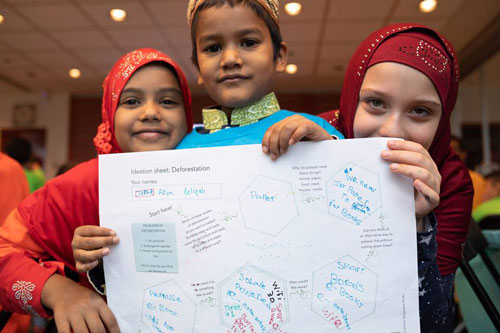
“Our unique value proposition for learners lies in the combination of these three pillars: la pensée créative, technological literacy, and being invited to apply themselves to global issues.” – Emer Beamer
Emer, how would you describe the unique value proposition you offer your learners?
Our unique value proposition for learners lies in the combination of these three pillars: la pensée créative, technological literacy, and being invited to apply themselves to global issues. To explain, many programs for children presume to offer them small and relatively inconsequential issues to tackle, such as where a street light should be placed. In a design-athon, cependant, children get to work on issues such as plastic soup, changement climatique, and refugee problems. The size of the issues is highly motivating and also corresponds to the level of concern children experience. They want to think big.
Tell us a story that illustrates HOW the program works – the goals and the challenges?
During the Global Children’s Designathon, the children learned about deforestation through an interactive themed presentation followed by a discussion. In order to have the highest impact on future endeavors, the children are urged to tackle the causes of deforestation rather than the consequences. The causes for cutting down trees are (1) matériels (wood & paper), (2) to make space for cities and roads, et (3) to use land for agriculture, specifically cows. After exploring the topic as a group, the children split into teams to ideate using the ideation worksheet which helps them channel their ideas, exchange with each other, and step-for-step agree on an idea to help solve the problem. As they work, nous, as facilitators, check in to see if they need help. A few teams then share their ideas with the whole group to clarify their concepts and inspire the others. The next step is to make a functional drawing of their idea. The children then visualize their idea and explain with words and arrows how it will work.
After this step, another few teams share their sketch and idea with the whole group for more feedback. It’s almost time to start making now, but first, we are going to exchange via Skype with a group of children in South Africa. They are working on the same theme so we can find out what they have come up with.
A few of the ideas so far include:
The Mazingira App is designed by children to raise awareness amongst children about the effects of climate change. It helps them acquire enough information, Ressources, and knowledge necessary for protecting the environment.
The planting organization device (POD) is a rolling robot fit to detect deforestation and find fertile ground to immediately plant a tree as a replacement.
The making part of the project is the longest and the best according to most children. There are a great variety of materials to work with to create your idea, from recycled materials and clay to a whole Maker Kit with a motor, a light, propellers, and switches, so you can make the prototype really work.
There is never enough time to finish the prototype as well as we want. But the time is up, and the parents and experts are here for you to present to. Each team gets two minutes to present their idea and what they made. The experts ask questions.
Every child gets a certificate of participation. The government representative chooses three projects which will be presented to the local government to see if they can take this idea a step further. The photographer takes pictures of all the children, the facilitators, and the experts. The children run to their parents to celebrate.
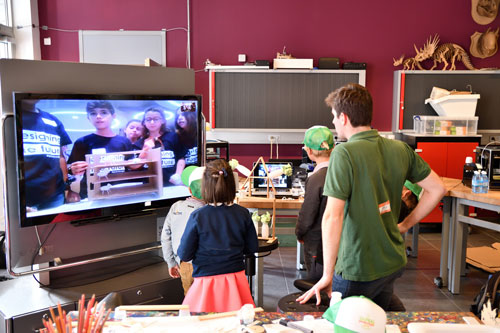
“In a design-athon, children get to work on issues such as plastic soup, changement climatique, and refugee problems.” – Emer Beamer
It sounds inspiring! What feedback do you get from teachers and kids on your method?
We regularly survey both teachers and children, and the main takeaways we get from children are:
1. We love coming up with our own ideas for big problems.
2. Working together in a team is fun.
3. We love making with electronics.
This is irrespective of gender. The age group we target is 6-12 ans.
Here are a couple of quotes from the children from our last global event:
“I learned to respect nature and to have a positive influence to save the world.” – GCD 2018 participant in Tunis, Tunisia
“If there were more Designathons around the world, we could save forests.” – Ilyas, 10, Montreal
68% of the children felt that the Global Children Designathon had a large positive impact on their creativity.
From the teachers, we hear nearly every time that they didn’t expect the children to be so creative and engaged.
In informal interviews and general feedback during and after the workshops, nous avons découvert que la plupart des adultes ont été surpris par la façon dont les enfants ont pu aborder les problèmes. commentaires comme “étonnamment créative” ou “la façon dont ils pensent est vraiment inattendu” sont des exemples.
Ce manque d'attente nous montre que les adultes ne se rendent pas compte que les enfants ont le potentiel de produire quelques-unes des idées. Involontairement, nous soupçonnons que ces faibles attentes conspirent contre les possibilités de cultiver la créativité et l'agence chez les enfants.
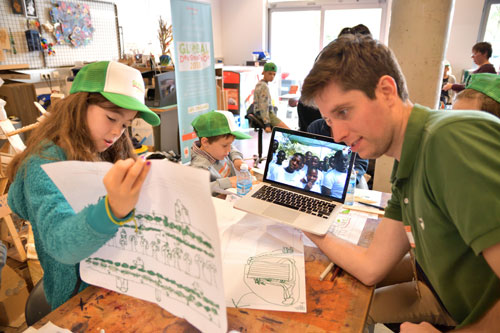
“From the teachers, we hear nearly every time that they didn’t expect the children to be so creative and engaged.” – Emer Beamer
How involved are your learners in shaping your curriculum?
We have a series of themes which all follow the same design thinking and maker education approach; we call them a design-athon project. The themes the projects work on are linked to the sustainable development goals (ODD). When we are choosing the themes, we check in with a group of children who have worked with us over the years, then we draft them in order to test it with at least two different groups of children. We also gather input on the themes from the global hosts of the event in countries around the world. Par exemple, last year’s theme was Deforestation (part of SDG 15 Life on Land), so we gathered input from teachers on how that issue was perceived in their country to provide further information on the theme.
Plus important, with a design-athon project, the children always get to decide themselves which aspect of the theme they want to focus on. De cette façon, ils contextualiser pour eux-mêmes et la rendre pertinente. Par exemple, un thème que nous offrons est « la mobilité,» Qui est tout au sujet de passer de A à B. problèmes pertinents peuvent inclure l'incapacité de l'individu de se déplacer librement, peu importe l'âge ou le revenu. Cependant, elle concerne également l'environnement. Avons-nous les moyens de transport durables? Quand nous faisons ce thème à Amsterdam, les enfants choisissent souvent de se concentrer sur la qualité ou l'air en C02 par rapport à la pollution automobile. Ou, ils peuvent vouloir lutter contre les embouteillages qui soulignent leurs parents. In Nairobi, children chose to tackle the problem of drunken drivers causing crashes and Matatu drivers who race on the roads. Each team of three children choose their own perspective, thus ensuring that the problem they work on is one they consider to be an important problem worth solving.
Where do you see Designathon Works going in the next five years?
If we look at the life cycle of social innovation, we find ourselves after four years to have gone through two main stages: exploring the problem mentioned above and designing a solution. Then we spent another two years validating our business and impact models. We have made quite some progress towards replicating and scaling our methodology to schools and cities globally. À la fois, we are not yet satisfied that the approaches we have for scaling are the best ones. Ainsi, we plan to spend another year on two tracks: one is to validate the methodology and it’s learning impacts, and the other is to revisit and fine-tune our methods to achieve system change. We are looking into having an endgame of open sourcing our method wherein we become a knowledge hub and collaborate with governments as they adopt new learning practices. En fin de compte, we want all education systems to teach children to become creative changemakers for themselves and for a better world.
C. M. Rubin and Emer Beamer
Rejoignez-moi et leaders d'opinion de renommée mondiale dont Sir Michael Barber (Royaume-Uni), Dr. Michael Bloquer (États-Unis), Dr. Leon Botstein (États-Unis), Professeur Clay Christensen (États-Unis), Dr. Linda Darling-Hammond (États-Unis), Dr. MadhavChavan (Inde), Charles Fadel (États-Unis), Le professeur Michael Fullan (Canada), Professeur Howard Gardner (États-Unis), Professeur Andy Hargreaves (États-Unis), Professeur Yvonne Hellman (Pays-Bas), Professeur Kristin Helstad (Norvège), Jean Hendrickson (États-Unis), Professeur Rose Hipkins (Nouvelle-Zélande), Professeur Cornelia Hoogland (Canada), Honorable Jeff Johnson (Canada), Mme. Chantal Kaufmann (Belgique), Dr. EijaKauppinen (Finlande), Le secrétaire d'Etat TapioKosunen (Finlande), Professor Dominique Lafontaine (Belgique), Professeur Hugh Lauder (Royaume-Uni), Seigneur Ken Macdonald (Royaume-Uni), Professeur Geoff Masters (Australie), Professeur Barry McGaw (Australie), Shiv Nadar (Inde), Professeur R. Natarajan (Inde), Dr. PAK NG (Singapour), Dr. Denise Pape (États-Unis), Sridhar Rajagopalan (Inde), Dr. Diane Ravitch (États-Unis), Richard Wilson Riley (États-Unis), Sir Ken Robinson (Royaume-Uni), Professeur Pasi Sahlberg (Finlande), Professeur Manabu Sato (Japon), Andreas Schleicher (PISA, OCDE), Dr. Anthony Seldon (Royaume-Uni), Dr. David Shaffer (États-Unis), Dr. Kirsten immersive, (Norvège), Chancelier Stephen Spahn (États-Unis), Yves Thézé (LyceeFrancais États-Unis), Professeur Charles Ungerleider (Canada), Professeur Tony Wagner (États-Unis), Sir David Watson (Royaume-Uni), Professeur Dylan Wiliam (Royaume-Uni), Dr. Mark Wormald (Royaume-Uni), Professeur Theo Wubbels (Pays-Bas), Professeur Michael Young (Royaume-Uni), et le professeur Zhang Minxuan (Chine) alors qu'ils explorent les grandes questions d'éducation de l'image que toutes les nations doivent faire face aujourd'hui.
La recherche globale pour l'éducation communautaire page
C. M. Rubin est l'auteur de deux séries en ligne largement lecture pour lequel elle a reçu une 2011 Upton Sinclair prix, "Le Global Search pour l'éducation» et «Comment allons-nous savoir?"Elle est également l'auteur de trois livres à succès, Y comprisThe Real Alice au pays des merveilles, est l'éditeur de CMRubinWorld et est une fondation perturbateurs Fellow.
Suivez C. M. Rubin sur Twitter: www.twitter.com/@cmrubinworld

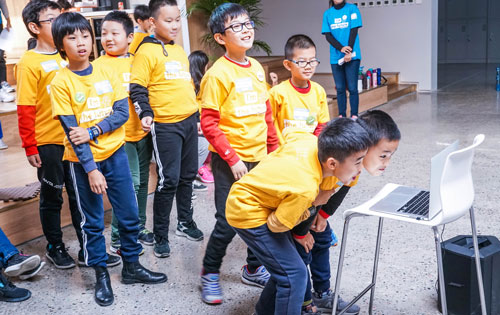

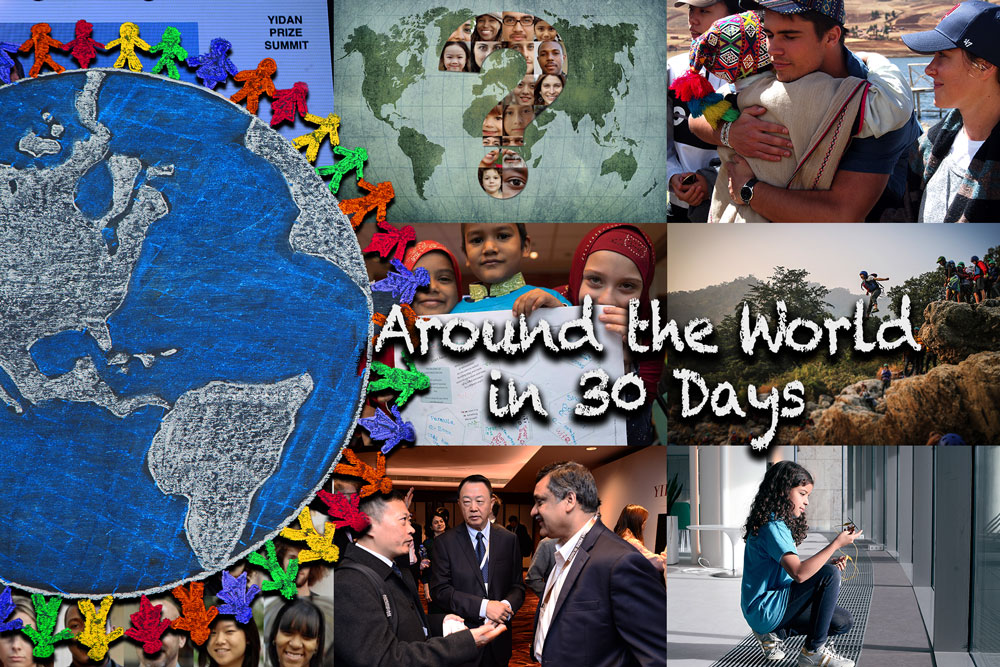

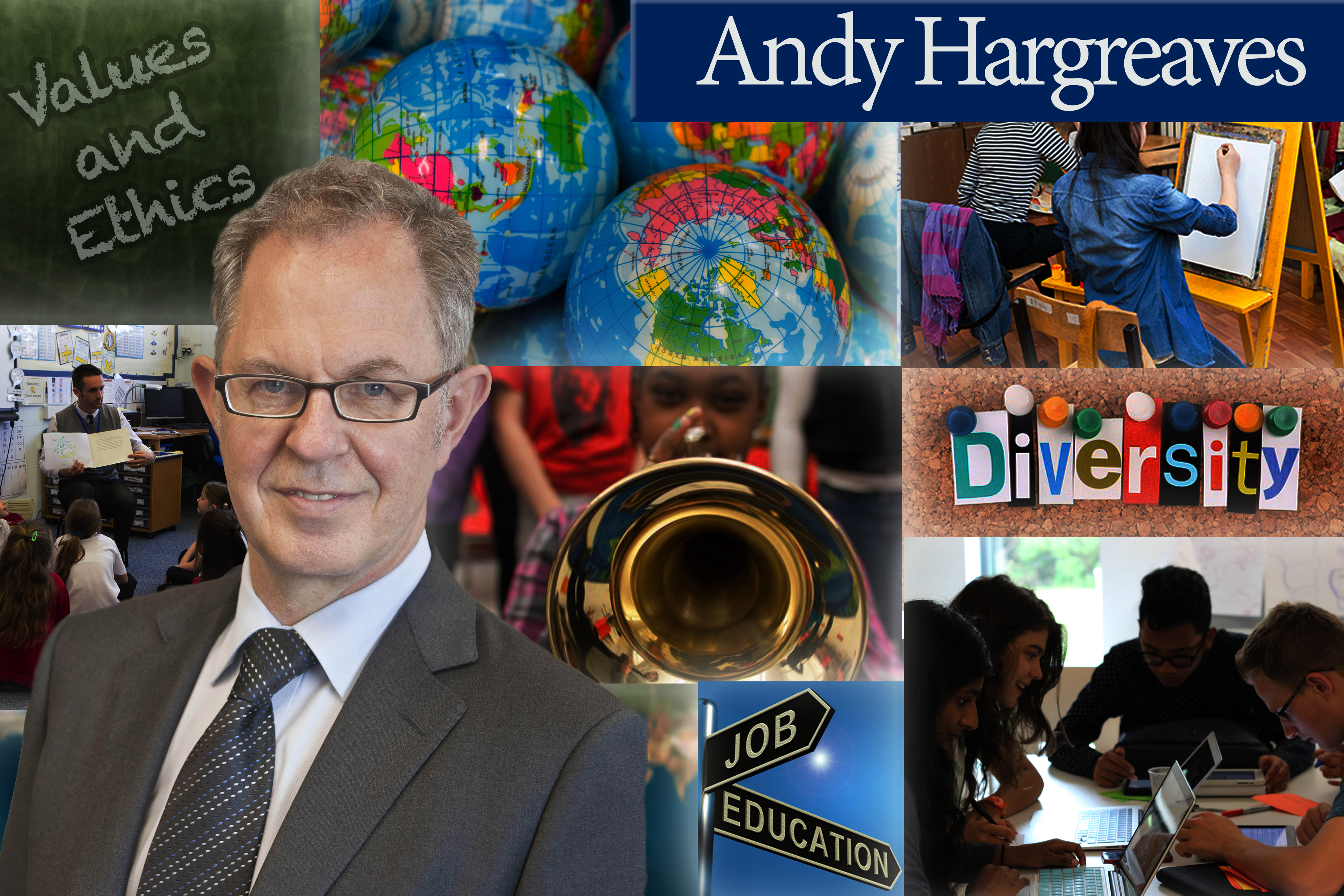
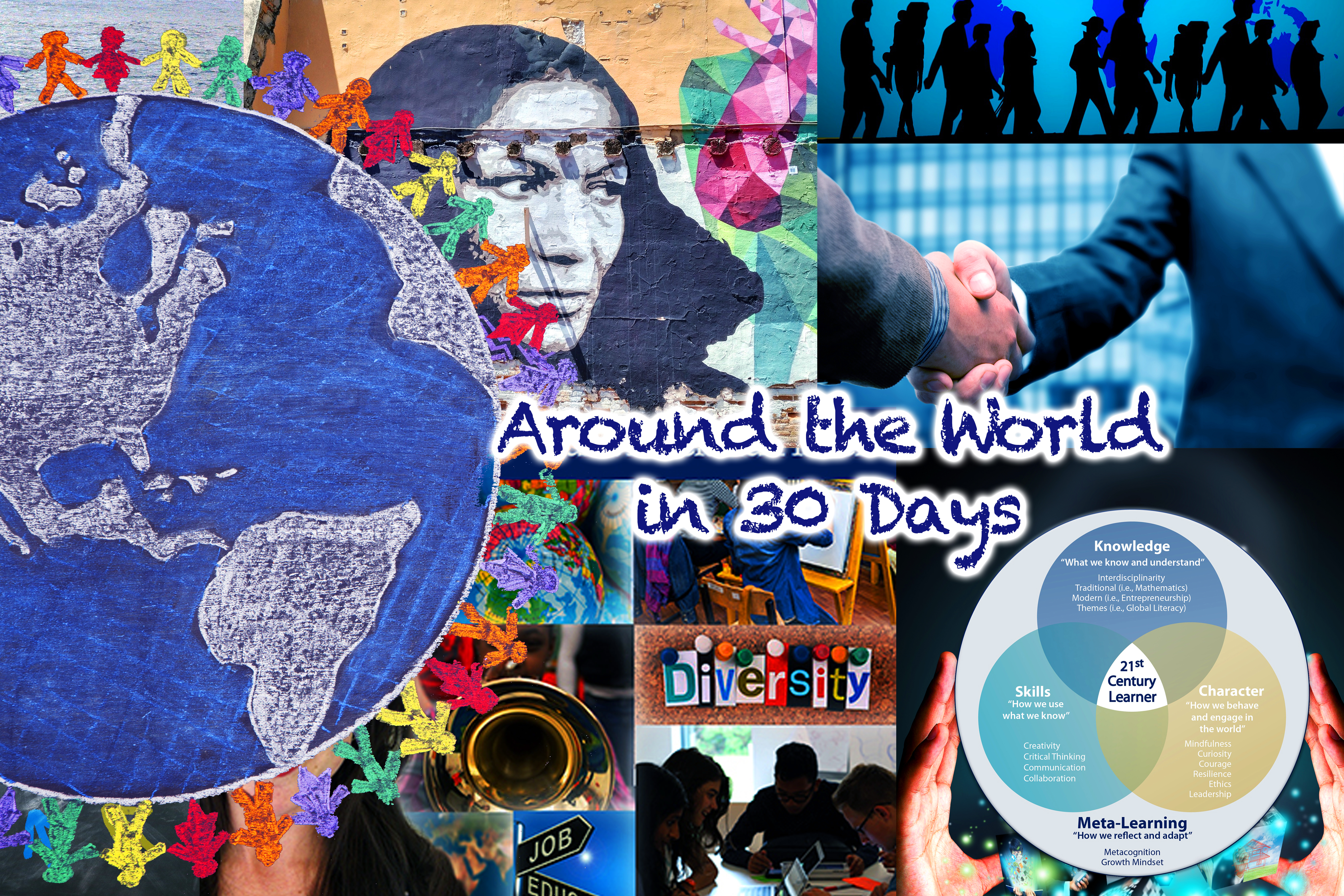
Commentaires récents